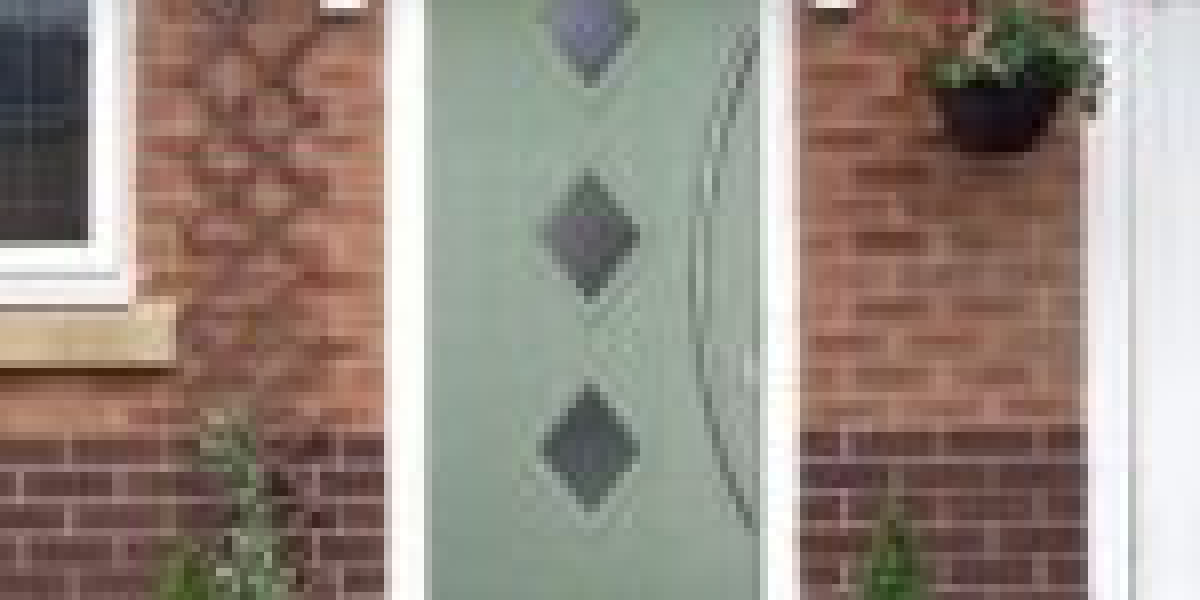
Door Hinge Replacement: A Comprehensive Guide
In time, even the most resilient elements of a home can undergo wear and tear. One such often-overlooked part is the composite door lock repair hinge. These small yet vital hardware pieces are essential for the smooth operation of doors, offering stability and ease of use. When door hinges start to stop working-- whether due to rust, damage, or incorrect setup-- it can cause squeaky, misaligned, or even stuck doors. In this guide, we will check out the signs that indicate a requirement for door hinge replacement, the types of hinges readily available, the detailed procedure for replacement, and often asked concerns to make sure home owners can undertake this job with confidence.
Indications Your Door Hinges Need Replacement
Recognizing when door hinges need replacement is crucial to preserving both the performance and looks of your home. Here are some indications to look out for:
Squeaking or Grinding Noises: Persistent noises when opening or closing a door may suggest the need for hinge replacement. While lubrication can sometimes fix the problem, if the sound persists, it's an indication of wear.
Noticeable Rust or Corrosion: Metal hinges can rust gradually, especially if they're exposed to moisture. Rust not only affects the hinge's performance but could also spread to the door frame.
Misalignment: A door that doesn't close correctly or hangs unevenly may have damaged hinges. Misaligned hinges can cause excessive tension on the composite door repair prices and result in further damage.
Fractures or Breaks: A visual assessment can reveal cracks or breaks in the hinge. If the damage is serious enough, it can prevent the door from operating properly.
Loose Hinges: If a door hinge feels wobbly or is retreating from the door or frame, it's most likely in need of replacement. Loose hinges can result in extra damage in time.
Kinds Of Door Hinges
When considering door hinge replacement, it's necessary to know that different kinds of hinges are available, each customized to different door configurations and aesthetic appeals. Here are some common types:
Butt Hinges: The most standard type, appropriate for a lot of interior and exterior doors.
Constant Hinges: Also referred to as piano hinges, these run the entire length of the door and offer even support, making them a perfect choice for heavy doors.
Spring Hinges: Designed to immediately close doors, typically utilized in business settings where fire safety is a concern.
Pivot Hinges: These are mounted at the top and bottom of the door instead of on the side, allowing for a distinct opening mechanism typically utilized in specialized doors.
Decorative Hinges: Available in various styles and surfaces, these hinges not only serve a functional function however also include aesthetic value to doors.
Step-by-Step Process for Replacing a Door Hinge
Replacing composite pocket door repair hinges is a manageable DIY task that needs simply a couple of tools and some fundamental abilities. Follow these steps for a successful composite door refurbishment door frame repair (read the full info here) hinge replacement:
Tools Required:
- Screwdriver (flathead and Phillips)
- Replacement hinges
- Wood filler (if necessary)
- Drill (optional)
- Measuring tape
- Level
- Paint or finish (optional)
Steps to Replace Door Hinges:
Prepare the Area: Clear any blockages around the door and guarantee you have sufficient lighting.
Remove the Door: Open the door partially so you can access the hinges. Use your screwdriver to remove screws from the hinges, then raise the door off its frame.
Assess the Door Frame: Inspect the hinge area for any damage. If the wood is removed or damaged, utilize wood filler to fix any problems before proceeding.
Install New Hinges: Position the brand-new depend upon the door, aligning them with the existing screw holes. If the old hinges did not match the new ones, you might require to drill brand-new holes. Utilize a level to guarantee they are straight.
Reattach the Door: With the hinges safely installed on the door, position the door back onto the frame. This may need a helper, as doors can be heavy and troublesome.
Screw the Hinges into the Frame: Secure the hinges to the door frame with screws. Ensure they are tightened up sufficiently to avoid looseness in the future.
Test the Door: Open and close the door a number of times to make sure smooth functionality. If it sticks or makes sound, reconsider the positioning and change as needed.
Finish Up: If essential, paint or finish the hinges or area around them to match the looks of your door and frame.
Regularly Asked Questions (FAQs)
1. How do I select the right hinges for my door?
When selecting hinges, think about the door's weight, material, and function. For much heavier doors, continuous or butt hinges are recommended. Furthermore, ensure the finishes match your wanted visual.
2. What size hinge do I need for my door?
The majority of property doors use 3.5-inch or 4-inch hinges. Step your existing hinges or the space where the hinge will be mounted to identify the right size.
3. Can I change door hinges without getting rid of the door?
While it is possible to replace a hinge while the door is still on, it is usually simpler and much safer to get rid of the door for proper alignment and setup.
4. What tools do I need for a hinge replacement?
You will need a screwdriver, replacement hinges, and potentially a drill, determining tape, and wood filler, depending on the condition of your door and frame.
5. How can I avoid my brand-new hinges from squeaking?
To avoid squeaking, use a lube such as silicone spray or a graphite powder on the hinges after installation. Routine maintenance and lubrication can keep hinges functioning smoothly.
In conclusion, door hinge replacement is a relatively easy yet important home maintenance job. Properly working hinges make sure the durability and look of doors, contributing to the comfort and composite security door repair of a home. By acknowledging the signs of wear, selecting the appropriate hinge types, and following the proper replacement procedures, homeowners can quickly keep this basic aspect of their property. With this guide, even newbie DIYers can approach hinge replacement with self-confidence.






